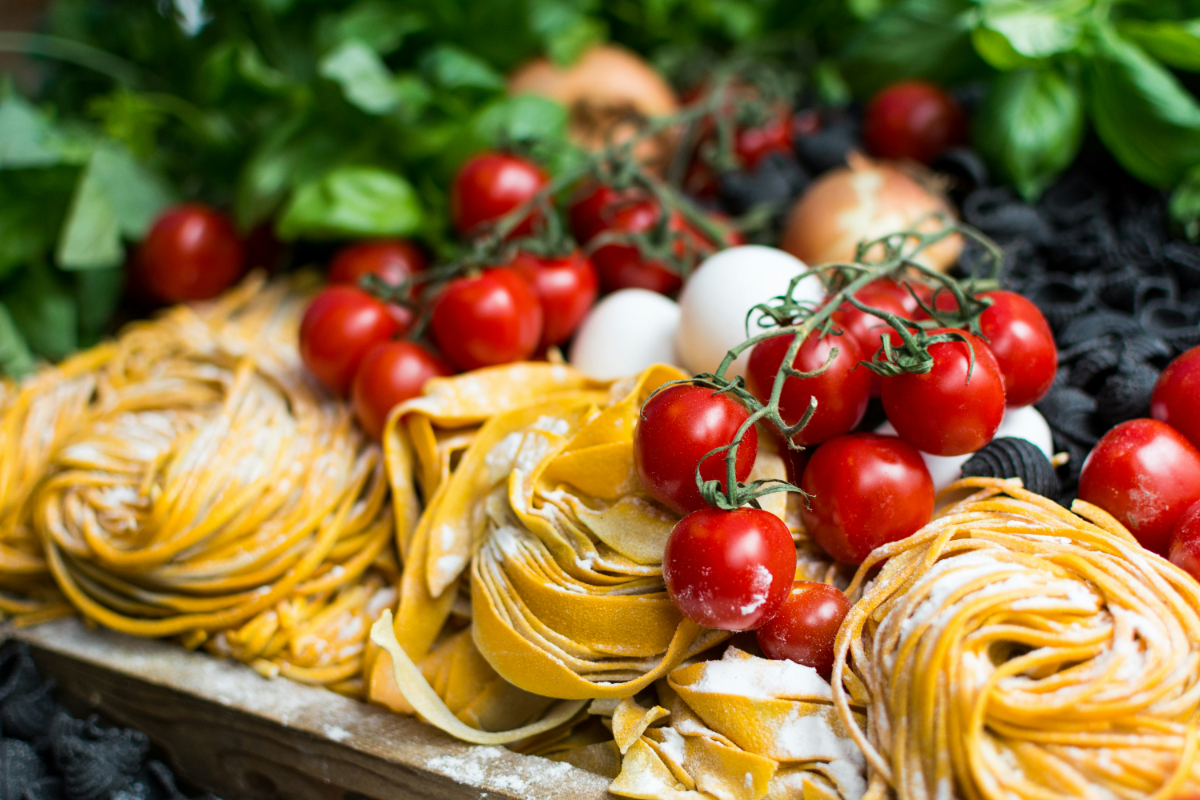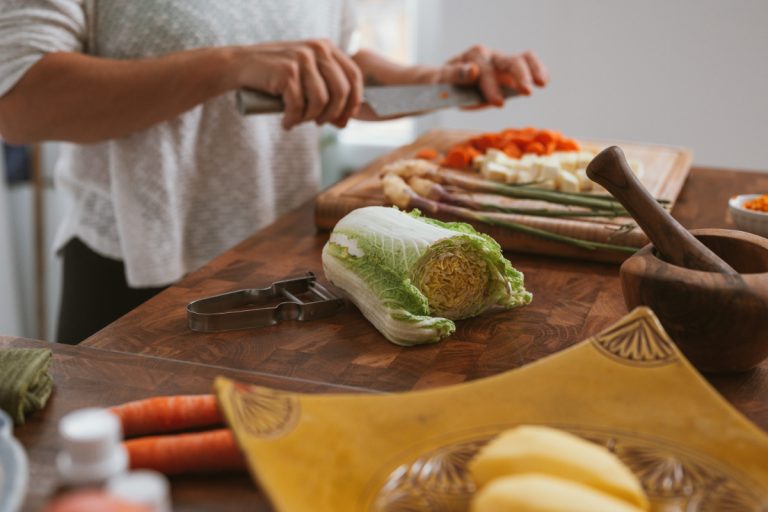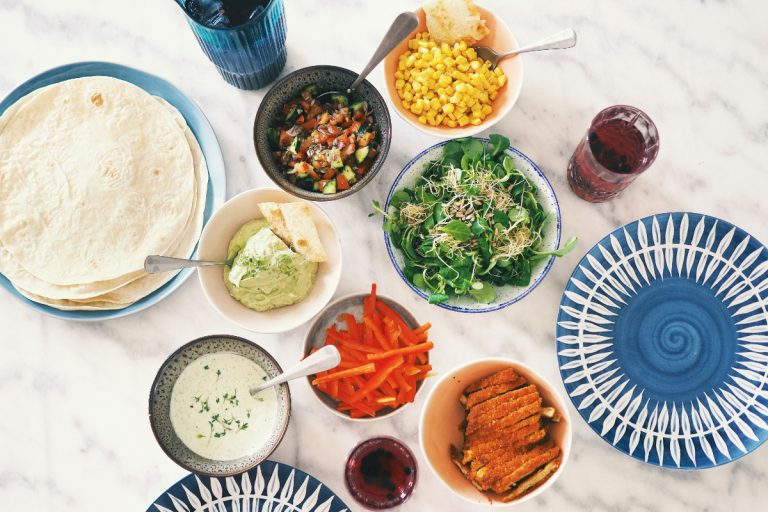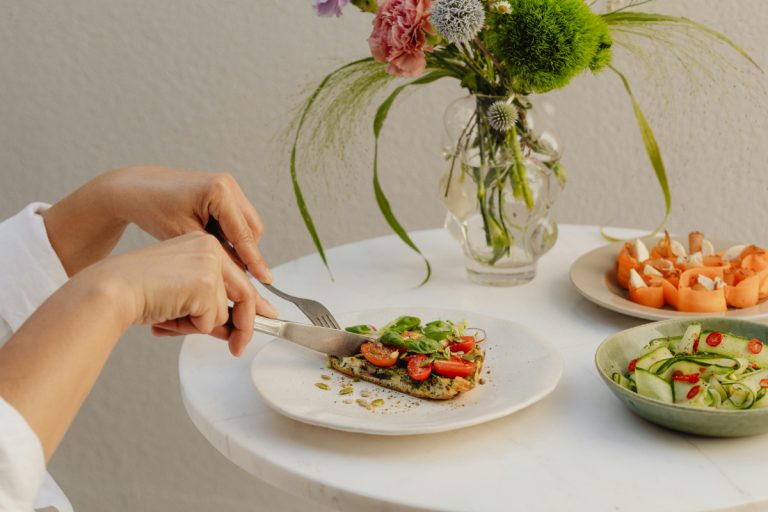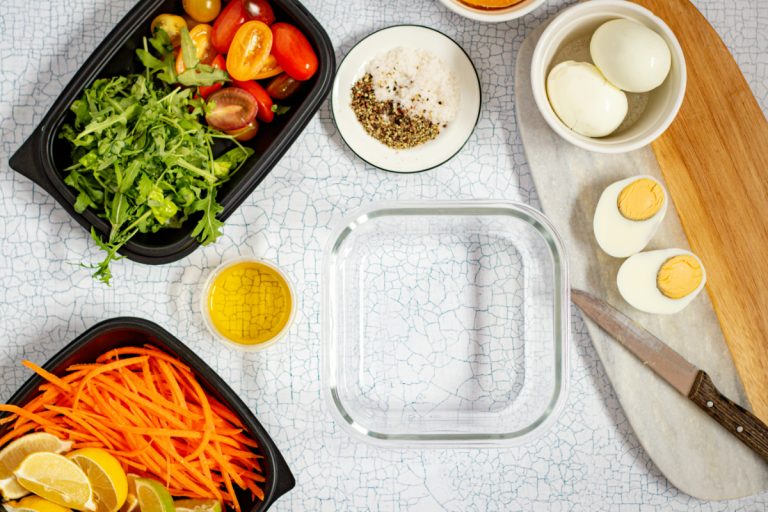Food Combining Sample Menu: A Friendly Guide to Proper Food Pairing
Are you curious about food combining and how it can help you feel healthier and more energized? Food combining is an approach to eating that strategically pairs foods to support better digestion and gut health. By eating certain foods together and avoiding certain combinations, you can enhance your digestion and gain maximum energy and nutrition from your food.
If you’re interested in trying out a food combining diet, a sample menu can be a helpful starting point. A typical food combining meal might include lean protein, non-starchy vegetables, and whole grains or starchy vegetables. It’s important to avoid combining certain types of foods, such as protein and starch, in the same meal. Instead, you can pair protein with non-starchy vegetables or whole grains with non-starchy vegetables to support optimal digestion.
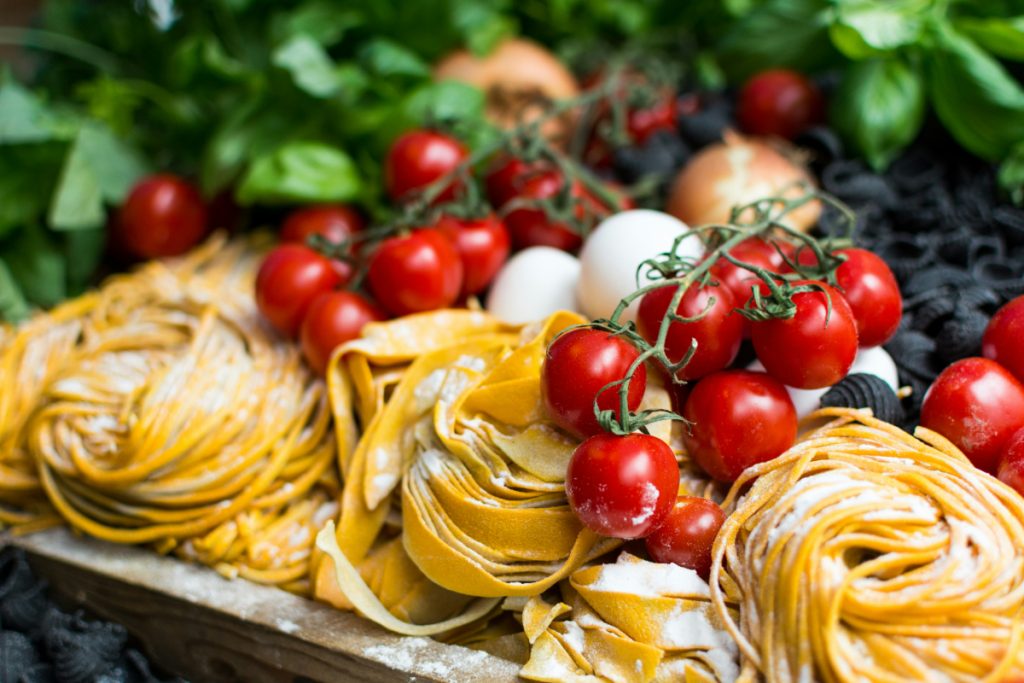
Basics of Food Combining
If you’re looking to improve your digestive health, you may have heard of food combining. This dietary approach involves eating certain foods together while avoiding others. The idea is that certain food combinations can be harder for your body to digest, leading to digestive discomfort and other health issues.
Food Combining Principles
There are several principles of food combining that you should be aware of if you’re interested in trying this approach. Here are some of the most important ones:
- Don’t combine proteins and starches: One of the main principles of food combining is to avoid combining proteins and starches in the same meal. This is because these two types of foods require different enzymes to be broken down, and combining them can make it harder for your body to digest them properly.
- Eat fruits alone: Another key principle of food combining is to eat fruits alone or on an empty stomach. This is because fruits are digested quickly and can ferment when combined with other foods, leading to digestive discomfort.
- Combine vegetables with either proteins or starches: Vegetables are neutral foods that can be combined with either proteins or starches without causing digestive issues.
- Avoid combining fats with proteins or starches: Fats take longer to digest than other types of foods, so it’s best to avoid combining them with proteins or starches. Instead, try to eat fats with non-starchy vegetables.
Digestive Health Benefits
There are several potential digestive health benefits of food combining. By eating foods in the right combinations, you can help your body digest them more easily and reduce the risk of digestive discomfort. Some people also find that food combining can help them lose weight, although more research is needed to confirm this.
If you’re interested in trying food combining, it’s important to work with a qualified healthcare provider or registered dietitian to ensure that you’re getting all of the nutrients your body needs. They can also help you develop a personalized meal plan that takes your individual needs and preferences into account.
Now that you know the basics of food combining, let’s take a look at a sample menu to give you an idea of what a day of food combining might look like.
Sample Food Combining Menu
If you are interested in trying out food combining, here are some sample menu options to get you started. These meals are designed to combine foods in a way that promotes optimal digestion and nutrient absorption.

Breakfast Options
- Scrambled eggs with spinach and mushrooms, served with a side of sliced avocado and tomato
- Greek yogurt with fresh berries and a sprinkle of chopped nuts
- Oatmeal with sliced banana and a spoonful of almond butter
Lunch Ideas
- Grilled chicken salad with mixed greens, cucumber, and tomato, dressed with olive oil and lemon juice
- Tuna salad with celery and red onion, served on a bed of lettuce with sliced apple on the side
- Lentil soup with a side of roasted vegetables
Dinner Selections
- Baked salmon with roasted asparagus and a side of quinoa
- Stir-fried tofu with mixed vegetables and brown rice
- Grilled steak with a side of steamed broccoli and mashed sweet potato
Remember, the key to successful food combining is to avoid combining protein with starches and to eat fruits alone or with other fruits. By following these guidelines, you can help support your digestive health and overall well-being.
Food Combining Tips
If you’re new to food combining, it can seem overwhelming at first. But don’t worry, it’s easy to get the hang of it. Here are some tips to help you get started.
Combining Fruits and Vegetables
Fruits and vegetables are best eaten separately from other foods. Eating them together can cause digestive problems. This is because fruits and vegetables require different enzymes to be broken down. So, it’s best to eat fruits alone or with other fruits. The same goes for vegetables. You can eat them alone or with other vegetables.
Here’s a list of fruits that combine well together:
- Apples and pears
- Berries and melons
- Bananas and dates
- Citrus fruits and grapes
And here’s a list of vegetables that combine well together:
- Leafy greens and non-starchy vegetables like broccoli, cauliflower, and Brussels sprouts
- Starchy vegetables like potatoes, sweet potatoes, and squash
Protein and Starch Combinations
Protein and starches are also best eaten separately. This is because they require different enzymes to be broken down. When you eat them together, it can cause digestive problems. So, it’s best to eat protein with non-starchy vegetables and starches with non-starchy vegetables.
Here’s a list of protein sources that combine well with non-starchy vegetables:
- Chicken or turkey breast with leafy greens or broccoli
- Fish with leafy greens or Brussels sprouts
- Tofu or tempeh with non-starchy vegetables like zucchini, mushrooms, or bell peppers
And here’s a list of starches that combine well with non-starchy vegetables:
- Brown rice with leafy greens or broccoli
- Quinoa with non-starchy vegetables like zucchini, mushrooms, or bell peppers
- Sweet potatoes with leafy greens or Brussels sprouts
By following these tips, you’ll be well on your way to practicing food combining. Remember, it’s all about experimenting and finding what works best for you.
